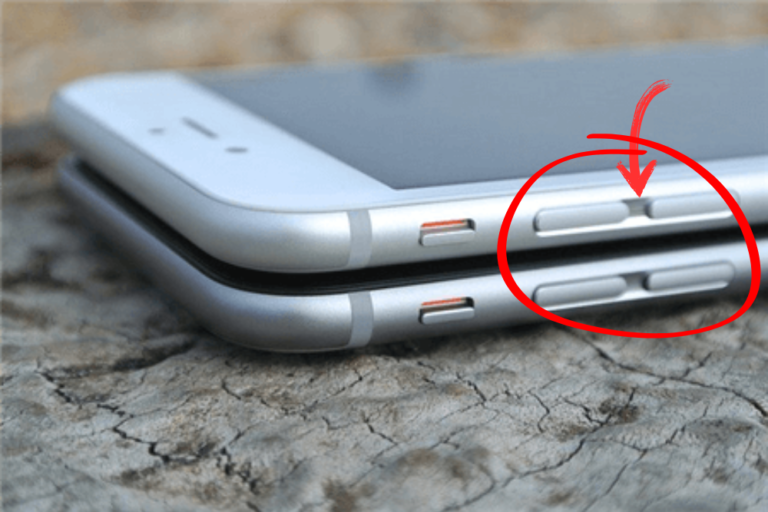In 1967, One of the Richest Men in America Had His Body Frozen in Cryochamber – How Does His Body Look 58 Years Later?
More than 50 years have passed since an extraordinary experiment captured the world’s curiosity. People continue to ask the same questions—can a man frozen in time be revived? Can modern science achieve what once seemed like a miracle?
These questions echo the hope that James Hiram Bedford carried with him. Bedford, determined to defy death, became the first person to be cryogenically preserved in 1967, hoping that one day science would advance enough to bring him back to life.

Fast-forward to 2025, eight years beyond the milestone year of 2017, when his revival had been anticipated, and Bedford remains a subject of fascination. Once considered one of the wealthiest men in America, his story raises more questions than answers.
James Hiram Bedford was not only a psychology professor at the University of California but also a World War I veteran who lived an adventurous and full life. He traveled extensively, exploring places such as the Amazon rainforest, Greece, Spain, Türkiye, and England. His love for adventure even took him to Africa for hunting trips and along the Alcan Highway to Alaska.

Bedford experienced life’s richness to its fullest before it took a turn in 1967, when he was diagnosed with terminal kidney cancer that had spread to his lungs. Faced with a grim prognosis and limited options by the medical standards of the time, Bedford turned to an avant-garde idea that offered a sliver of hope for the future.
The concept of cryonics had been introduced to Bedford through Dr. Robert Ettinger’s book The Prospect of Immortality. Dr. Ettinger, recognized as the founder of body-freezing experiments, inspired Bedford to consider cryogenic preservation.
Upon his death on January 12, 1967, Robert Nelson administered the initial stages of cryopreservation on Bedford. Dimethyl sulfoxide was injected into his body shortly after cardiac arrest to protect his tissues and prepare him for freezing.
Interestingly, Bedford wasn’t the first person to attempt cryonic preservation. A year earlier, in 1966, a woman in Arizona underwent a similar process. However, her body remained preserved for only a short time due to delayed freezing, which had allowed partial decomposition that would have caused irreversible brain damage.
Bedford’s cryogenic experiment gained global attention, as highlighted by the Daily Telegraph (UK) in January 2017. Before his death, Bedford reportedly said his last words to Robert Nelson, one of the scientists involved in the freezing process, and they remain as poignant as ever, “I want you to understand that I did not do this with the thought that I would be revived. I did this in the hope that one day my descendants will benefit from this wonderful scientific solution.”
To fund this groundbreaking project, Bedford set aside over $100,000. After his death, Dr. Renault Able carried out artificial respiration and cardiac massage to maintain blood circulation before his blood was drained and dimethyl sulfoxide was used to preserve his organs. Finally, Bedford’s body was stored in a liquid nitrogen tank at an astonishingly low temperature of minus 196 degrees Celsius.
Decades later, in 1991, Alcor Life Extension Foundation opened Bedford’s cryogenic capsule to inspect the condition of his body after 24 years of preservation. What they found was astounding. Wrapped in a pale blue sleeping bag, Bedford’s body showed significant preservation.
Even after nearly a quarter-century, his skin appeared youthful for his age, though there were slight discolorations around his chest and neck. His eyes remained partially open, encased in a white icy film, while some minor cracks appeared on his skin.
Despite these imperfections, the technicians concluded that his preservation was relatively successful. They carefully rewrapped Bedford in a new sleeping bag, placed him in a liquid nitrogen vessel, and resumed the preservation process.

Now we are in 2025 and he remains in his cryogenic slumber at Alcor Life Extension Foundation in Arizona, stored alongside 145 others who share his hope for future medical miracles. While his futuristic gamble with science has yet to bear fruit, Bedford’s legacy endures as a symbol of human curiosity and the relentless pursuit of life beyond its natural limits.
As of today, there is no known way to revive a human after being cryogenically frozen, and most scientists consider it highly unlikely due to the extensive damage caused to cells and tissues during the freezing process; therefore, reviving a cryogenically frozen human is currently considered impossible.
Do you think science will ever be able to find a way to successfully revive a human from cryo sleep?



